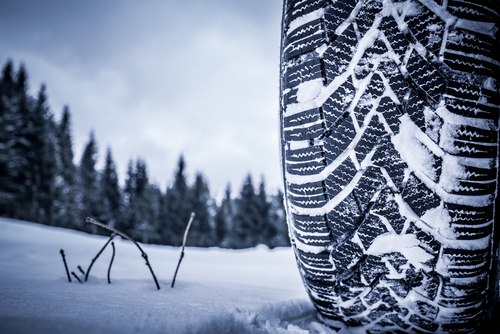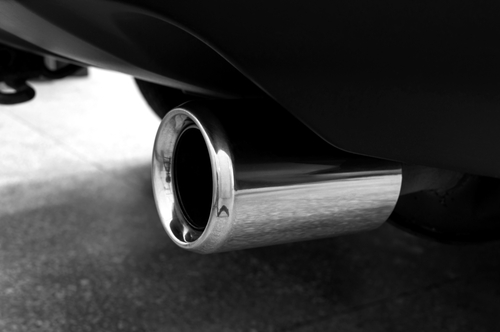If our earlier blog on performance upgrades got you thinking about how you can amp up the power of your BMW, you might be wondering where your upgrades will be coming from when you get them done at Motorwerkes. For this week’s blog, we’d like to fill you in on how it all works.
An Authorized Active Autowerke Dealer
Motorwerkes is proud to be an authorized dealer for Active Autowerke, a BMW performance parts manufacturer with over three decades of experience. It means that we can provide you with some of the highest quality performance and tuning technology available, combining the sophistication of their manufacturing with the expertise of our certified team. Whether it’s a software tune or a custom build like the example M3s listed on our site, their the reliability of their engineering help us deliver the results you need.
What Do You Have in Mind?
You might already have a general sense of what kind of upgrade you’re looking at for your BMW. The trick is choosing the one that’s just right for you and your model. Browsing Active Autowerke’s site to familiarize yourself with the possibilities is a great way to do this. One aspect of upgrade work that they’ve really made a name for themselves in is software. ACTIVE-8, for instance, combines the convenience of the piggyback tuning approach with a highly competitive 64-bit processor that stands up to TUV testing standards like no other module out there. And with just one look at their shop, you’ll see that software isn’t the half of it!
Upgrade Policy
While Active is our go-to supplier for the parts and software that will amp up the power of your BMW, Motorwerkes understands that the world of upgrade manufacturing is a big one! If you have an upgrade or project in mind that requires parts not supplied by Active, we’d be happy to provide our signature quality of service and make that installation happen. However, our commitment to Active Autowerke means that you’ll need to source and bring in the parts yourself. In either case, your BMW will be in the right hands when it’s with us!
Looking for advice on how to get the power you need and where to get the necessary parts? We’re more than happy to advise you on this and many more services! Get in touch with us at (403) 768-3166 today and find out why we’re still Calgary’s favorite BMW specialists.




